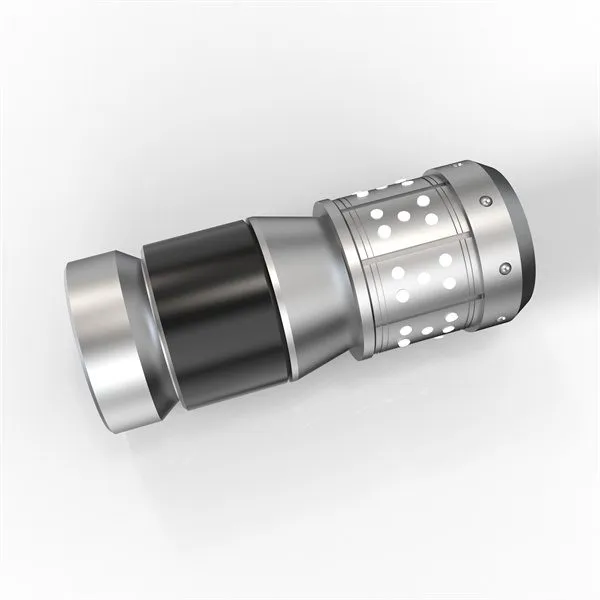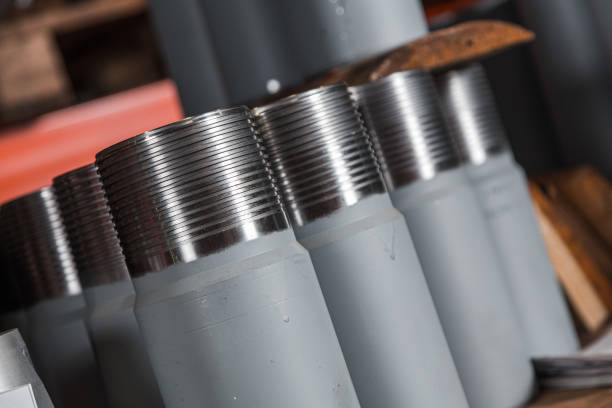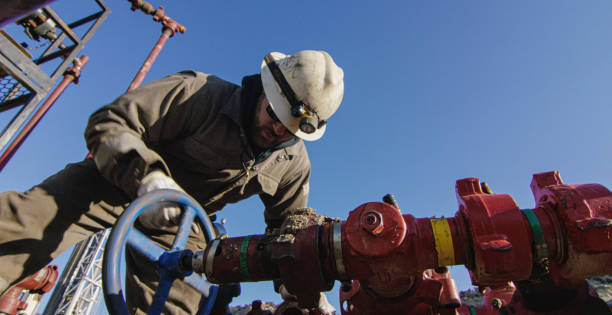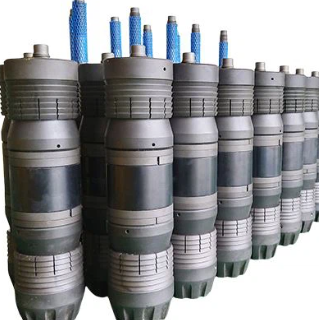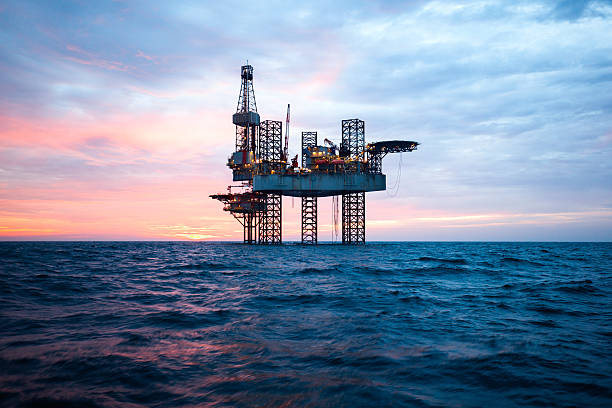Spanish
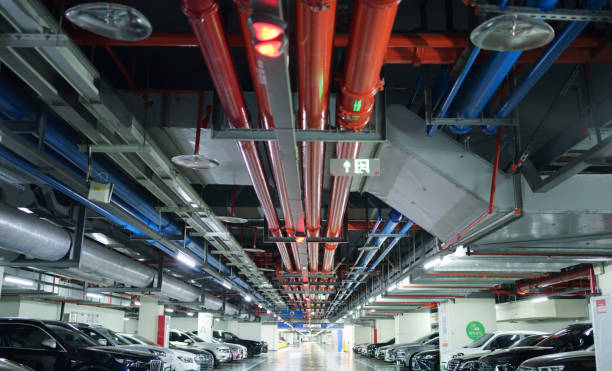
High pressure hose
The ultimate pressure bearer in the industrial pulse

In oil and gas wells thousands of meters below the surface, in the water gun nozzles of fire trucks hundreds of meters above the ground, or in the hydraulic system of deep-sea drilling platforms, high-pressure hoses are like invisible steel veins, bearing the pressure shock of hundreds of megapascals, and accurately delivering energy to each key node. This flexible pipeline composed of multi-layer composite materials is not only a “pressure vessel” for modern industry, but also a precise crystallization of material science and engineering design. This article will analyze the evolutionary logic and future prospects of high-pressure hoses from three dimensions: technological evolution, structural innovation, and industrial application.
Material Revolution: From Rubber to Nanocomposite
The performance breakthrough of high-pressure hoses began with the iteration of material science:
History of Elastomer Evolution
First Generation (1950s): Natural rubber (NR) is the main material, with a pressure limit of 20MPa, and is prone to aging and cracking;
Third Generation (1990s): Hydrogenated nitrile rubber (HNBR) is popularized, oil resistance is increased by 5 times, and the working temperature is extended to -40℃~150℃;
Fifth Generation (2020s): Fluororubber (FKM) and TPU are compounded, 20% carbon nanotubes (CNT) are added, the tear strength exceeds 45MPa, and the wear resistance reaches 0.02cm³/(N·m).
Reinforcement layer technology leap
Wire braiding: from 4 layers of low-relaxation steel wire (tensile strength 2200MPa) to 6 layers of ultra-high-strength steel wire (3200MPa), the bursting pressure is increased to 4 times the working pressure;
Fiber revolution: Aramid fiber (Kevlar® 49) and ultra-high molecular weight polyethylene (UHMWPE) are mixed, with a specific strength of 35cN/dtex and a weight reduction of 40%.
Gates’ G-Force™ series hoses use double-layer spirally wound steel wire + aramid fiber composite reinforcement, with an expansion rate of only 0.8% under a pressure of 150MPa, and a service life that is 3 times longer than traditional designs.
Structural innovation: mechanical game of five-layer armor
Modern high-pressure hoses achieve performance balance through precise layering:
Inner lining: 0.5-3mm thick TPU/FKM material, surface laser engraved micro-grooves (depth 50μm), reducing fluid resistance by 12%;
Compression layer: 2-4 layers of 54° staggered steel wire braiding, single wire diameter 0.3mm, braiding density 85%, stress distribution uniformity improved by 30%;
Buffer layer: aramid fiber and polyester fiber mixed, absorb pressure fluctuation energy, reduce pulse peak by 15%;
Torsion layer: titanium alloy wire (Ti-6Al-4V) spiral winding, pitch accuracy ±0.1mm, torsional stiffness up to 180N·m/rad;
Protective layer: 2% graphene added to the outer layer of polyurethane, anti-ultraviolet aging ability increased by 50%, ozone resistance level meets ASTM D1149 standard.
The ContiTech series of deep-sea hoses of Continental Group of Germany adopts nano-ceramic coating on the inner wall, which can withstand 30MPa pressure and 4℃ low temperature at 3500 meters under the sea, and has a service life of more than 10 years.
Manufacturing process: industrial art with millimeter-level precision
The core of high-pressure hose production lies in micro-control:
Precision extrusion: twin-screw extruder (L/D=40) extrude the lining under ±0.5℃ temperature control, and the thickness fluctuation is <0.02mm;
Intelligent weaving: 256-spindle CNC weaving machine winds the reinforcement layer with 0.01° angle accuracy, and the tension fluctuation is <±1.5%;
Dynamic vulcanization: microwave continuous vulcanization process (temperature 160℃±1℃), cross-linking density>95%, avoiding bubbles and stratification;
Online detection: laser thickness gauge (accuracy 0.001mm) and X-ray real-time flaw detection, defect detection rate>99.99%.
The intelligent production line of Bando Chemical in Japan optimizes process parameters through digital twin technology, reducing the discreteness of hose explosion pressure from ±10% to ±3%.
IV. Performance verification in extreme scenarios
High-pressure hoses have passed rigorous tests in multiple fields:
Oil and gas fracturing: Φ102mm hoses convey fracturing fluids containing 30% ceramsite sand (pressure 103MPa), with a service life exceeding 1200 hours;
Ultra-high pressure cleaning: 350MPa water jet hoses, pulse fatigue times > 2 million times, 3 times higher than ISO 1436 standard;
Aerospace: Polytetrafluoroethylene (PTFE) lined hoses withstand liquid oxygen/-196℃ low temperature and are used in rocket fuel filling systems;
Deep-sea mining: Double-layer steel wire wrapped hoses maintain 45MPa pressure at a depth of 6000 meters, with a tensile strength of over 500kN.
The hydraulic hose of China’s Jiaolong submersible uses a titanium alloy reinforcement layer and a fluororubber composite structure, and successfully completed the 10,000-meter test in the Mariana Trench.
Technical bottlenecks and future breakthroughs
The industry faces three major challenges and opportunities:
Intelligent perception: embedded optical fiber sensors monitor strain and temperature in real time, with an early warning accuracy of ±0.1%;
Self-repairing materials: microcapsule technology achieves in-situ repair of inner wall damage, with a repair efficiency of >95%;
Green manufacturing: the proportion of bio-based rubber increases to 50%, and the carbon footprint of the production process is reduced by 80%.
Sweden’s Trelleborg Group has launched an intelligent hose with an integrated RFID chip that can record pressure history and life prediction, reducing maintenance costs by 40%.


